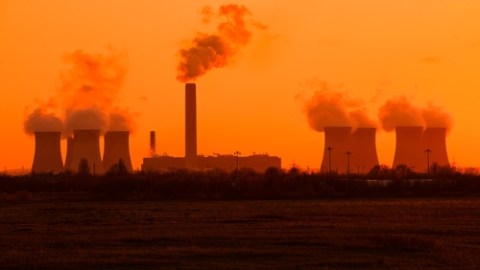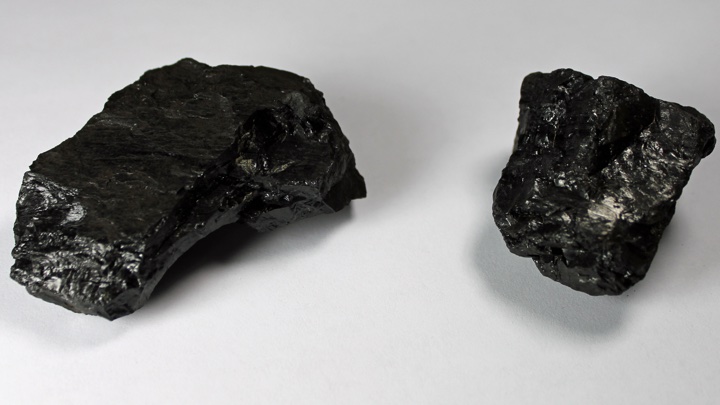China Leads the Way in Burning Clean Coal

Article written by guest writer Rin Mitchell
What’s the Latest Development?
According to the Department of Energy, coal “will continue to provide the majority of our Nation’s baseload generation capacity” in the near future. China burns the most coal per week than other nations. It seems that “clean coal” can help lower atmospheric carbon dioxide levels that are way beyond what scientists believe is a safe threshold. Commonly dismissed as expensive and not very sensible, it in fact is a “stopgap approach” should electricity fail. Recently, engineers in China “fired up” a coal gastrification power plant called “GreenGen,” which is a “critically important test of the technology’s commercial potential as a low-carbon power source,” according to experts at Livermore National Laboratory. The gasification technology converts coal into gases that are burned in a cleaner way as to generate electricity, “while turning the exhaust into a stream of CO2 that can be sent underground. “
What’s the Big Idea?
Nations are turning to “clean coal” burning as a way to lower carbon dioxide levels—and at the same time produce electricity. China is ahead of the game, as it “fires up” at least one coal-fired plant each week. “Although clean coal has long been derided as an oxymoron, it is also held up as a necessary measure to prevent more dire climate change. It may be both.”



